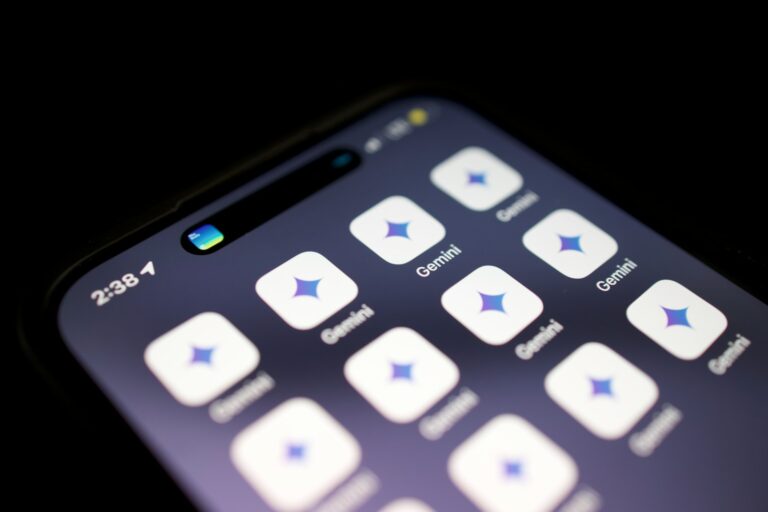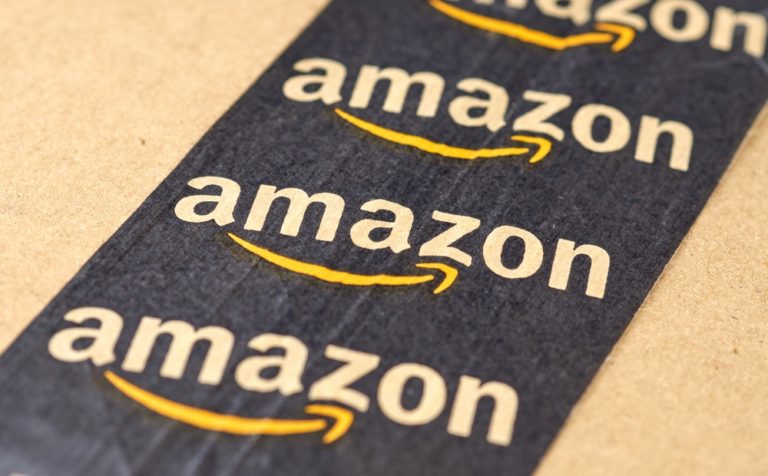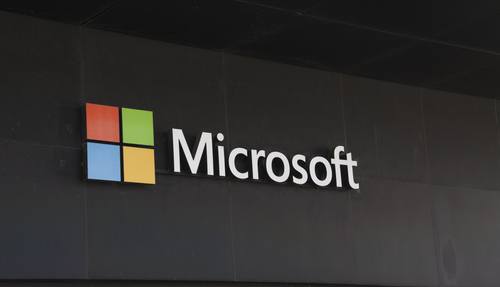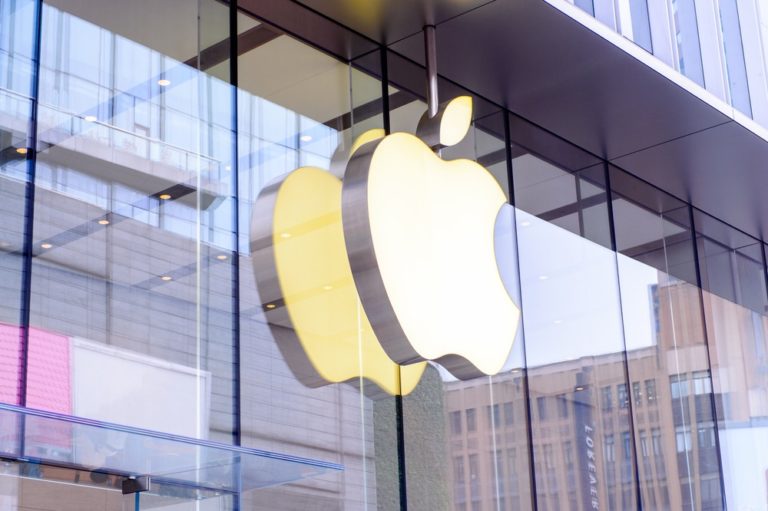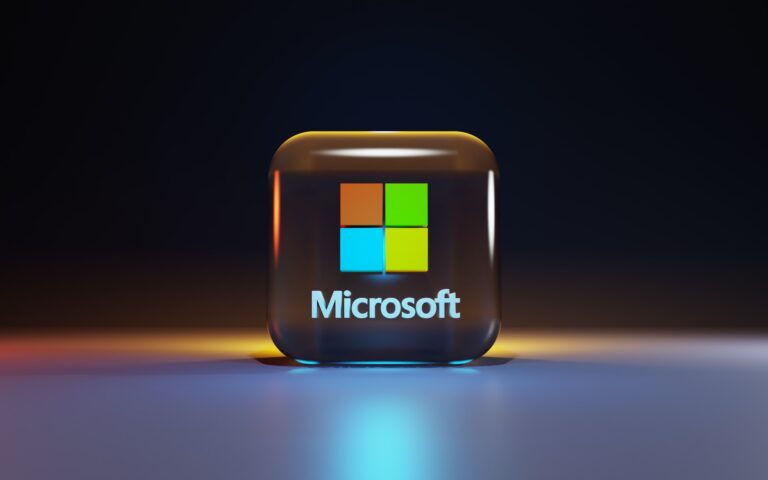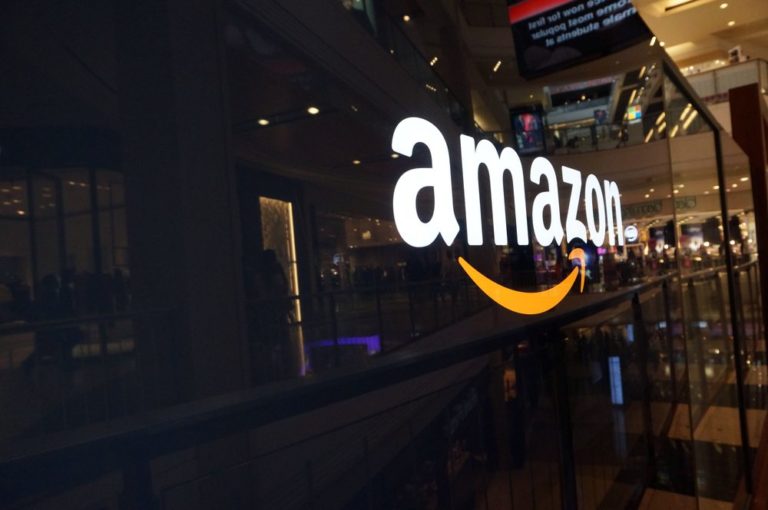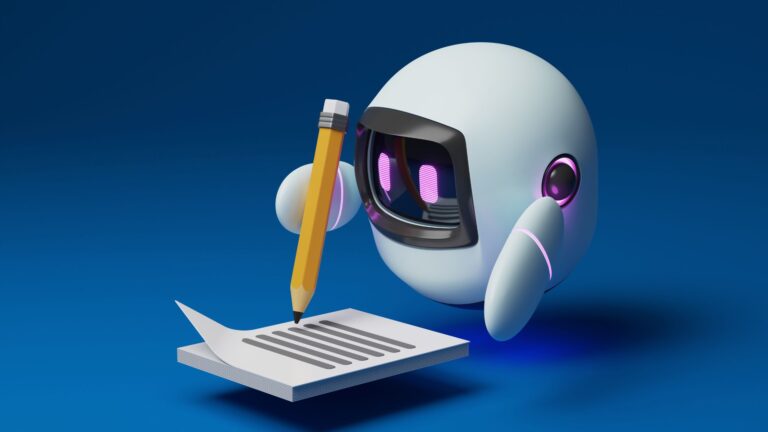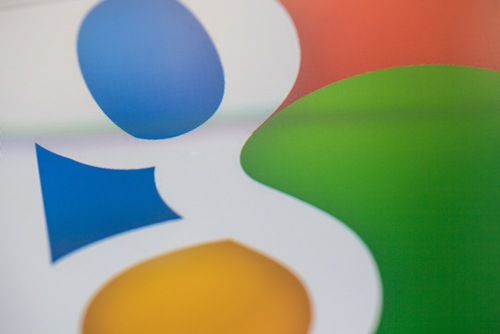Key Takeaways
- Google debuts a Gemini smart home ecosystem powered by its Gemini AI.
- The new system replaces Google Assistant with advanced language understanding.
- A redesigned Home app and fresh Nest cameras make control more intuitive.
- Google aims for proactive features that anticipate your needs.
- Privacy rules and user trust remain key challenges.
Google’s latest move transforms your home into an AI-driven space. The new Gemini smart home system uses Gemini AI instead of the classic Assistant. This upgrade lets you speak more naturally and get swift, accurate responses. Moreover, the updated Home app ties all your devices under one sleek interface. New Nest cameras add smart vision and alerts. All together, these changes push Google ahead in the race to make homes more aware and responsive.
What’s New in the Gemini Smart Home
First, Google rebuilt its Home app. Now it offers an easy-to-read dashboard. You can view cameras, lights, locks, and speakers at a glance. With the Gemini smart home setup, the AI not only hears commands but also watches patterns. For example, it might suggest turning lights on when you arrive. Next, Google launched new Nest cameras. They feature high-resolution video and smarter motion detection. The AI can even tell if it sees a person or pet. As a result, you get more relevant alerts. Finally, Google added proactive reminders. The system might warn you if you leave a door unlocked. In short, the Gemini smart home learns your habits and offers timely help.
Why Gemini Smart Home Stands Out
Unlike past voice assistants, the new system follows context. It remembers what you said earlier in a session. Therefore, you can ask follow-up questions without repeating details. For instance, after asking for the living room temperature, you could say “Turn it up by two degrees” and the AI understands you mean the same room. Furthermore, Google’s language model excels at handling complex requests. You can say things like “Set a movie night scene with dimmed lights and jazz music” and it reacts instantly. Plus, with more powerful on-device processing, the system responds faster. All of these features make the Gemini smart home feel truly intelligent.
Battling Privacy and Adoption Concerns
However, many users worry about data privacy. Google assures that local processing handles most tasks. So, your voice commands stay on your device whenever possible. Among other measures, the company uses end-to-end encryption for camera feeds. Still, earning user trust takes time. Additionally, some people hesitate to upgrade their gear. They worry about cost or fear complex setups. To address this, Google offers step-by-step guides in the Home app. It also provides clear privacy settings and simple toggles to manage data. Overall, Google hopes that transparency and control will boost adoption of the Gemini smart home.
Competition Heats Up with Amazon and Apple
Google’s rivals are not standing still. Amazon’s Alexa offers a wide device range and a vast skills library. Apple’s HomeKit shines with strong privacy and seamless iPhone integration. Now Google aims to outpace them by using Gemini AI. This model can handle more natural phrasing and subtle commands. For example, you might ask for restaurant suggestions based on your taste. The system then pulls data from multiple sources and replies as a single, clear answer. Moreover, Google’s camera tech blends with YouTube and Nest services for extra perks. In the end, each ecosystem has its strengths, but Google’s AI push sets a new bar for smart home responsiveness.
Getting Started with Your Gemini Smart Home
To begin, make sure you have the latest Home app version. Next, look for the “Upgrade to Gemini” banner inside the app. Tap it, and the app will guide you through connecting your devices. If you own older Nest cameras or smart speakers, you can still link them. However, you may miss out on some AI perks. For the best experience, consider the new Nest Cam or Nest Doorbell. After setup, explore the “Suggestions” tab. Here, the system shows ideas based on your routine. You can approve or tweak each one. Finally, dive into privacy controls to tailor data sharing. With these steps, your house transforms into a truly smart home.
Wrapping Up
Google’s Gemini smart home marks a big leap forward. By swapping Google Assistant for Gemini AI, the company offers more natural talk, faster action, and helpful predictions. The fresh Home app and advanced Nest cameras complete the package. Of course, privacy and device upgrades remain hurdles. Yet, with clear settings and smooth guides, Google hopes to win users. As competition from Amazon and Apple grows, this new ecosystem promises a more connected and responsive home experience.
FAQs
What makes the Gemini smart home different from earlier Google setups?
The new system uses the powerful Gemini AI model. It processes language more naturally and remembers context across commands. Plus, it suggests actions based on your habits.
Can I keep using my old Nest devices?
Yes. Older devices can still connect to the Home app. But you might miss out on the smartest AI-driven alerts and features.
How does Google protect my data in the Gemini smart home?
Google processes most commands locally on your device. It also encrypts camera feeds and provides clear privacy controls in the Home app.
Will the Gemini smart home work with other brands?
Google plans to expand its ecosystem through standard protocols. Many popular lights, locks, and plugs already work with the Home app. More partnerships should arrive soon.

